Kingdom Animalia Order Testudines Superfamily Testudinoidea Scientific name Homopus signatus Length Male: 6 – 8 cm (Adult) Rank Species | Phylum Chordata Suborder Cryptodira Family Testudinidae Mass 95 – 160 g (Adult) Higher classification Homopus | |
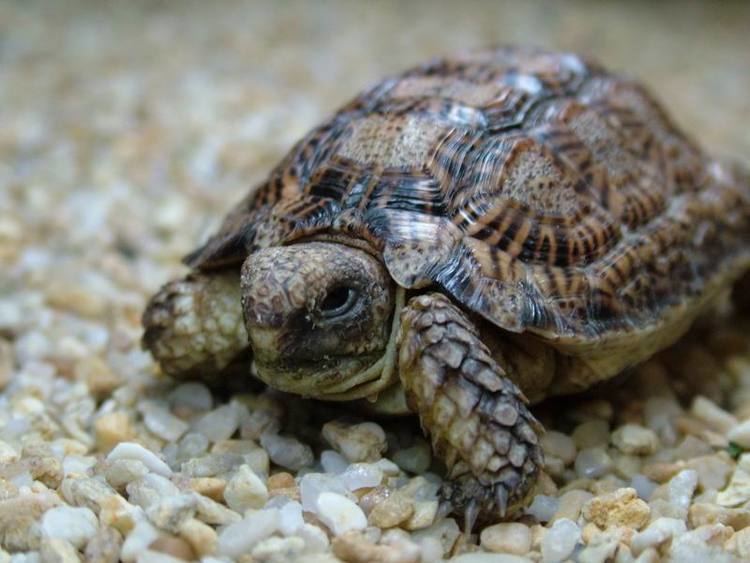 | ||
Similar Homopus, Tortoise, Homopus areolatus, Turtle, Homopus solus | ||
Homopus signatus eating dandelion
Homopus signatus is the world's smallest species of tortoise. It is commonly known as the speckled tortoise, known locally as the speckled padloper. and also known internationally as the speckled cape tortoise. A member of the genus Homopus, it is endemic to South Africa and Southern Namibia.
Contents
- Homopus signatus eating dandelion
- Homopus signatus signatus
- Distribution and subspecies
- Description
- Life cycle and behaviour
- Threats and conservation
- References
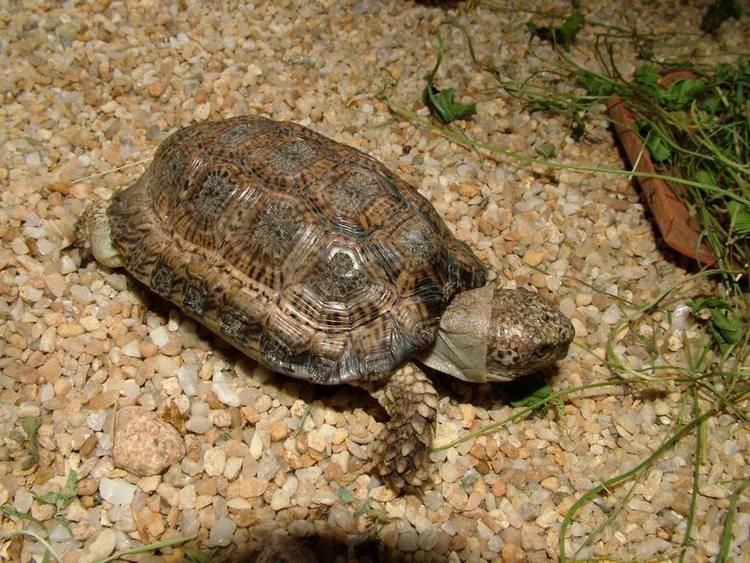
Homopus signatus signatus
Distribution and subspecies
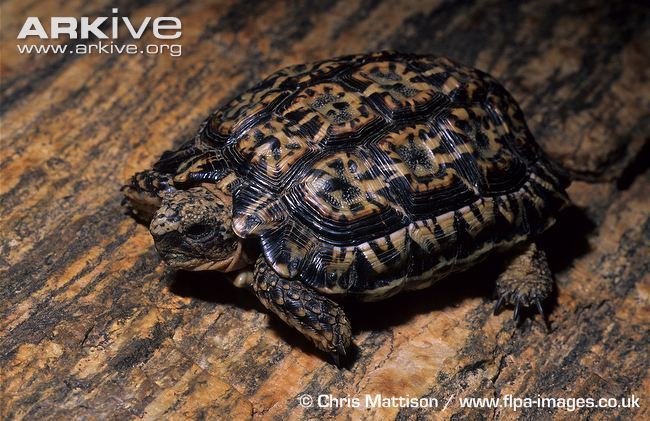
Homopus signatus is naturally restricted to a small area in Little Namaqualand, an arid region in the west of South Africa. Here it normally lives on rocky outcrops, where it forages among the rocks for the tiny succulent plants it eats.
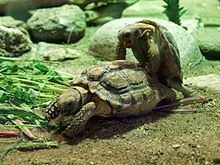
In the past two subspecies were recognized, the Namaqualand speckled padloper (Homopus signatus signatus) and the southern speckled padloper (Homopus signatus cafer), however genetic studies have determined this was not supported and they are now considered a single species.
Description
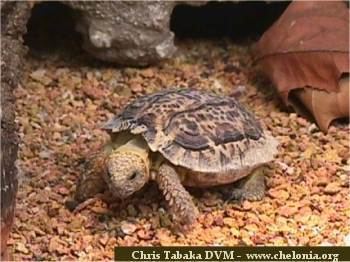
The males measure 6–8 centimetres (2.4–3.1 in), while the larger females measure up to almost 10 centimetres (3.9 in); they weigh about 95–165 grams (3.4–5.8 oz). This species has a flattened shell with slightly serrated edges. The orange-brown shell is covered in hundreds of black spots. The males have a noticeably concave belly.
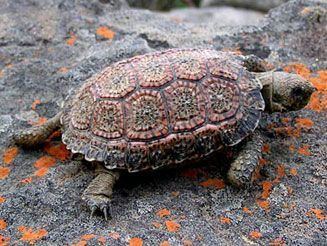
This tiny tortoise can be distinguished from the other Homopus species by its speckles, and by five toes on its forefeet (unlike many of its relatives, which have four toes, on all four feet).
Life cycle and behaviour
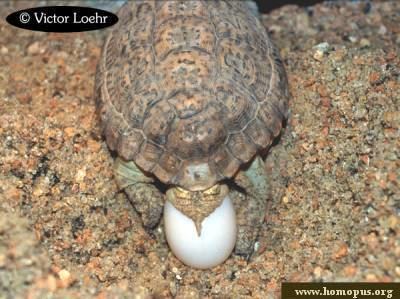
These tiny tortoises are most active in the early morning (especially in autumn and spring when they breed). Living among the rocky outcrops, they feed on small succulents which grow between the rocks, and which they are small enough to reach. Their courtship involves the male and female nodding their heads at each other. After mating, the female makes a nest of several eggs in damp soil between the rocks. The hatchlings are under 7 grams and 30mm long, and emerge after between 100 and 120 days.
Threats and conservation
The species is threatened by traffic on roads, habitat destruction and poaching for the pet trade. As the trade in collected Homopus species is strictly illegal and any captive specimens are systematically registered in non-commercial studbooks in South Africa and Namibia, any commercial sale of Homopus tortoises is almost without exception strictly illegal. Another threat comes from introduced species, such as domestic dogs and pigs.
Many are taken from their natural habitat each year, and nearly all subsequently die as a result, as they do not readily adapt to typical captive diets and climatic change. Unlike most other Homopus species however, their diet (while very varied) is not highly specialized. Therefore the species can adapt well to captivity, provided that proper attention is paid to temperature, dryness and a sufficiently varied diet. They can in fact be very hardy in captivity, and most problems with captive care are caused by faulty nutrition, high humidity, dampness or bad husbandry.
